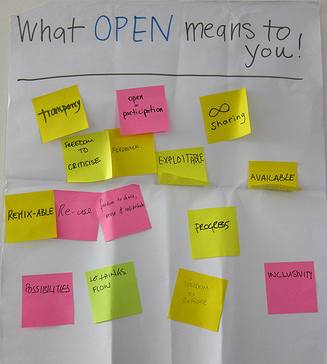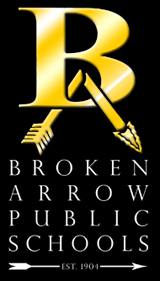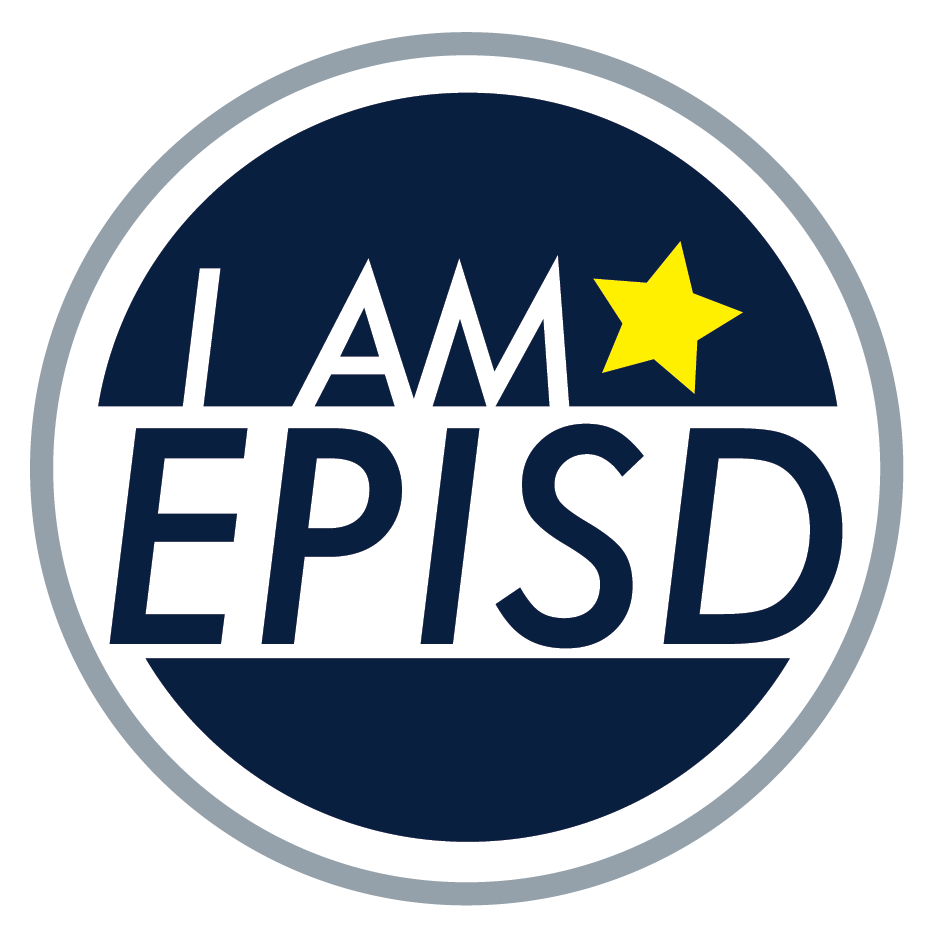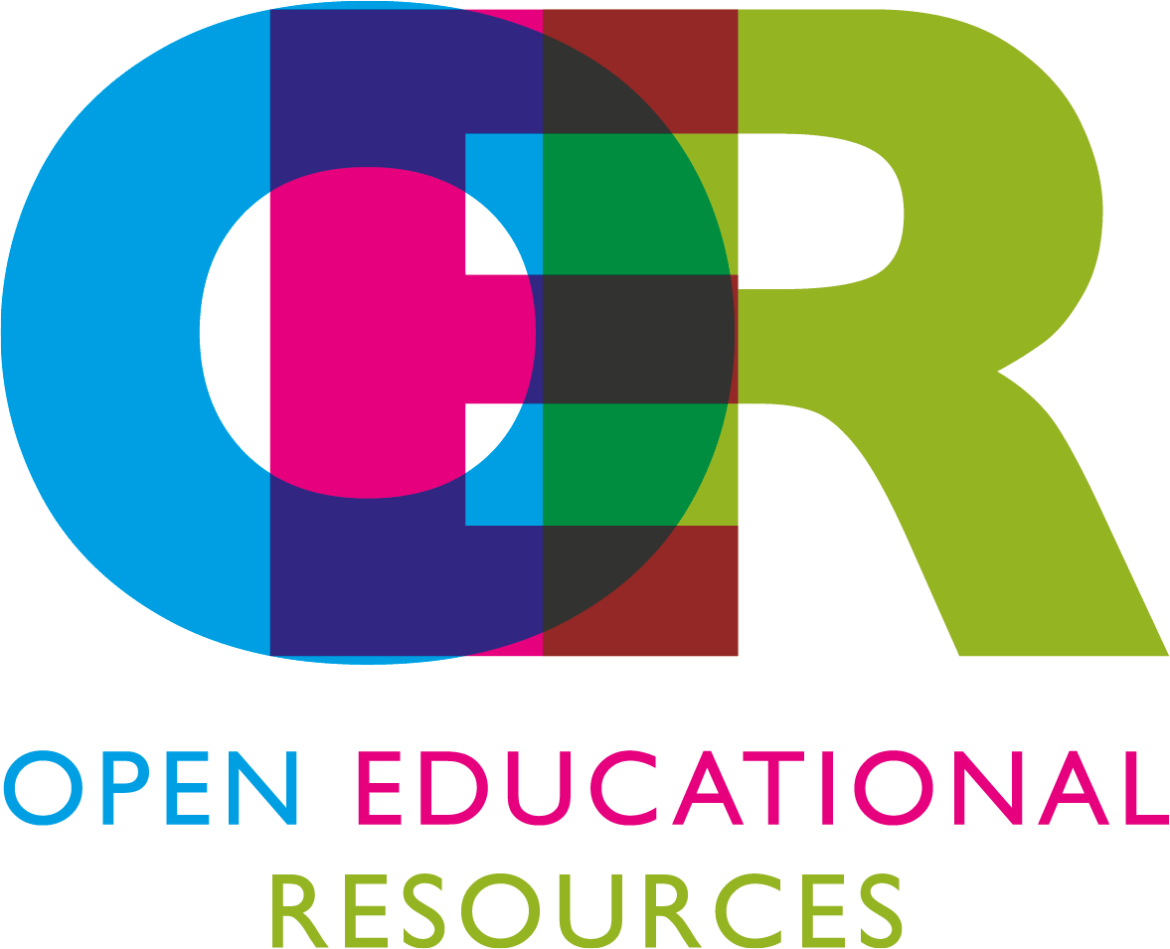Many districts across the country are beginning to write or adapt existing educational materials in order to ensure the resources they place in front of their students closely align with their learning objectives. The #GoOpen initiative by the U.S. Department of Education is designed to help facilitate this movement. #GoOpen is the slogan for the DOE’s campaign that encourages states, school districts, and educators to use openly-licensed educational materials to transform teaching and learning. These materials are also known as OER (Open Educational Resources).
You might be asking, what are open education resources? Great question. Openly-licensed educational resources ![By User:Sunshineconnelly from Wikieducator, (Original image CC By Recyclethis) [CC BY-SA 2.0 (http://creativecommons.org/licenses/by-sa/2.0)], via Wikimedia Commons Pillars of OER](https://blog.tcea.org/wp-content/uploads/2016/10/OER_lolly_sticks-1.jpg)
are teaching, learning, and research resources that reside in the public domain or have been released under a license that permits their free use, reuse, modification, and sharing with others. Not all OER materials are digital, but the #GoOpen movement is primarily focusing on those that are.
It’s important to note the difference between the terms “free” and “open.” A resource may be free, but you may not have the owner’s permission to reuse or modify the resource. To qualify as open, it must be free and provide users permission to modify and reuse the materials.
Why would a district want to create or modify instructional materials? Some districts claim that openly-licensed educational resources can drive equity by providing all students access to high-quality learning materials, no matter the size of the district’s budget. They also allow districts to update the learning materials whenever necessary either to support new state standards or to update the content.
Also, districts are seeing that the process of developing the materials energizes their teachers as they adapt and customize the learning materials to the needs of the students in their district. In addition to all of these great reasons, there also can be significant cost savings, which can translate into more funds for high-speed technical infrastructure and digital devices that can be used to access the new materials.
 How does a district get started? In order to support districts who are interested in developing some openly licensed educational resources, the #GoOpen campaign has developed a network of states and districts to serve as models and provide support and assistance. A great place to start is by downloading the GoOpen District Launch Packet. It has step-by-step instructions on how to approach the process. It tells you who should be involved, what types of questions you need to consider, and where to begin.
How does a district get started? In order to support districts who are interested in developing some openly licensed educational resources, the #GoOpen campaign has developed a network of states and districts to serve as models and provide support and assistance. A great place to start is by downloading the GoOpen District Launch Packet. It has step-by-step instructions on how to approach the process. It tells you who should be involved, what types of questions you need to consider, and where to begin.
It also might be helpful to look at what some other districts are doing. The #GoOpen site has a list of districts grouped by their expertise and willingness to mentor other districts. They divide the districts up into two lists: #GoOpen Launch Districts and #GoOpen Ambassador Districts.
#GoOpen Launch Districts Will:
- Identify a district #GoOpen team who will work to develop a strategy for the implementation of openly-licensed educational materials.
- Commit to replace at least one textbook with openly-licensed educational materials in the next year.
- Document and share their implementation process.
#GoOpen Ambassador Districts Will:
- Mentor #GoOpen Launch Districts as they design and implement their strategy for transitioning to openly-licensed educational resources.
- Share the openly-licensed materials they’ve created.
Districts Leading the Way
Broken Arrow Public Schools in Oklahoma is a #GoOpen Ambassador district. They have created several courses which are organized in Google Docs. You can access their materials and add them to your Google Drive. Remember, the hallmark of the term open is that they must be willing to share the materials and allow others to adapt and modify them.
Mark Officer, Executive Director of Secondary Administration at Broken Arrow Public Schools, attributes their success to the  dedication of the instructional staff who have led the process throughout. He noted that the teaching staff has been empowered by the curation process and that the students have positively responded to the change. So far, there have been around 100 teachers involved in the curation process, and he expects that number to grow to more than 200 by the end of this year. He feels that what these teachers have created is a better product than what they could purchase. Their initiative started at the secondary level and, because of their success, the elementary instructional staff is beginning to curate open educational resources as well.
dedication of the instructional staff who have led the process throughout. He noted that the teaching staff has been empowered by the curation process and that the students have positively responded to the change. So far, there have been around 100 teachers involved in the curation process, and he expects that number to grow to more than 200 by the end of this year. He feels that what these teachers have created is a better product than what they could purchase. Their initiative started at the secondary level and, because of their success, the elementary instructional staff is beginning to curate open educational resources as well.
 El Paso ISD is a #GoOpen Launch district. They have partnered with CK-12 to develop Flexbooks. El Paso has created quite a collection of Flexbooks in all four core subject areas. At the launch of their CK-12 partnership, Tim Holt, Executive Director of Blended Learning, in explaining one of the reasons they are moving to open materials, said, “Instead of us matching our curriculum to a pre-made textbook, we’ve done it the other way. We’ve made the textbook to match our curriculum.”
El Paso ISD is a #GoOpen Launch district. They have partnered with CK-12 to develop Flexbooks. El Paso has created quite a collection of Flexbooks in all four core subject areas. At the launch of their CK-12 partnership, Tim Holt, Executive Director of Blended Learning, in explaining one of the reasons they are moving to open materials, said, “Instead of us matching our curriculum to a pre-made textbook, we’ve done it the other way. We’ve made the textbook to match our curriculum.”
Teacher-created materials are not new. Teachers have created their own content since they were etching their lessons on the cave wall. How this movement differs is that, with the use of technology, teachers can share their work with a much larger audience and other educators can take their work and adapt it easily to suit their particular academic and instructional goals.
If you are interested in learning more, check out the resources below. If your school or district is already creating educational resources and you are willing to let others modify and reuse them, consider joining the #GoOpen movement by contacting the Department of Education at tech@ed.gov.
Resources for OER
- OER Commons
- CK12
- Open Tapestry
- MIT Open Courseware
- Rice OpenStax CNX
- Amazon Inspire (in Beta) Read Miguel Guhlin’s blog post on Amazon Inspire.
- Bruce Ellis wrote a great blog post on OER which includes additional resources.

